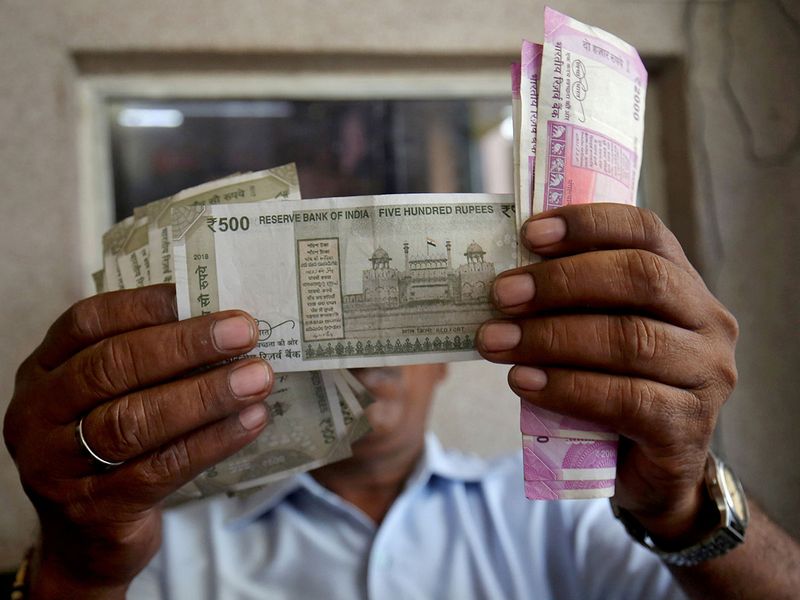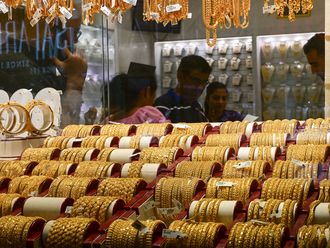
Indian currency rupee has weathered a storm in the face of heavy selling by foreign institutional investors, monetary policy tightening by the US, and the ongoing conflict in Ukraine which led to high international oil prices.
Notably, the rupee has depreciated relatively lower against the US dollar in comparison to other major currencies. It has weakened around 8-10 per cent since the conflict began in Ukraine in late February 2022.
Any weakness or strength in the Indian currency's value against the US dollar will be automatically reflected in its exchange rate with the UAE dirham as the UAE currency is pegged to the dollar. Against the UAE dirham, the Indian rupee is expected to rise to 21.26 in the coming weeks.
"It (rupee) may remain weak-to-volatile for a while, but we think the worst is largely over for the currency," Seshadri Sen, Head of Research at asset management company Alchemy Capital Management told ANI in a written response.
On being asked what was his view on the rupee not depreciating but the US dollar strengthening, Sen said: "The rupee has been largely stable against the DXY dollar index, indicating that the depreciation is largely in line with global currencies. This is remarkable, given the external account headwinds the economy faces."
On foreign fund outflows from Indian financial markets, he believes the selling peaked in the first half of the calendar year 2022 and has abated since then.
"The continued tightening by the US has kept incremental buying at bay, in our view. We thought the continued strength of the economy and sustained earnings growth will bring the buyers back, probably sometime in FY24," Sen said.
Rupee may remain weak-to-volatile for a while, but we think the worst is largely over for the currency
Foreign selloff lessens
For the record, barring July and August when they were net buyers, foreign portfolio investors (FPIs) had been selling equities in the Indian markets for over a year, which started in October last year due to various reasons. Fund inflows again seemed to have returned in November as data showed FPIs invested Rs 18,979 crore in Indian equities.
Tightening monetary policy in advanced economies including rising demand for dollar-denominated commodities, and strength in the US dollar had triggered a consistent outflow of funds from Indian markets. Investors typically prefer stable markets in times of high market uncertainty.
On the defence sector stocks outlook, as they have performed exceptionally well this year, Sen was "constructive" on the sector as he sees a long "runway of growth" for Indian defence manufacturers.
"The only risk is that execution sometimes gets delayed and, given the lumpy nature of revenues, could lead to some volatility in revenue and income growth. It is an attractive sector for long-term investors."

Stay invested in Indian markets
Besides defence, he is positive on select financials, manufacturing, industrials, and capital goods sectors. Faced with global headwinds, investors are largely in wait-and-watch mode at the present. In this context, Sen recommended investors stay invested and not time the market.
"The equity portion of their strategic asset allocation should not be reduced, and SIPs should continue. Lumpsum investments could be staggered, but not beyond a quarter," Sen said.
Responding to the question whether the Indian economy is insulated from the global slowdown and whether India is in a bright spot, he said India is less vulnerable to a global slowdown than many other emerging economies, as it has a large internal consumption base to help cushion the impact of slowing demand.
"(However) There will be some negative impact on exports for an interim period, but India should be able to weather that," he said. The capital expenditure cycle has just started and could see a further leg-up from the private sector, Sen added.












